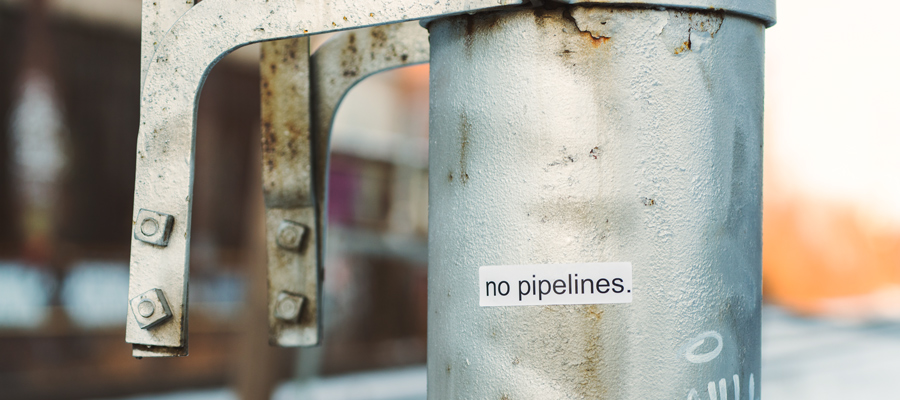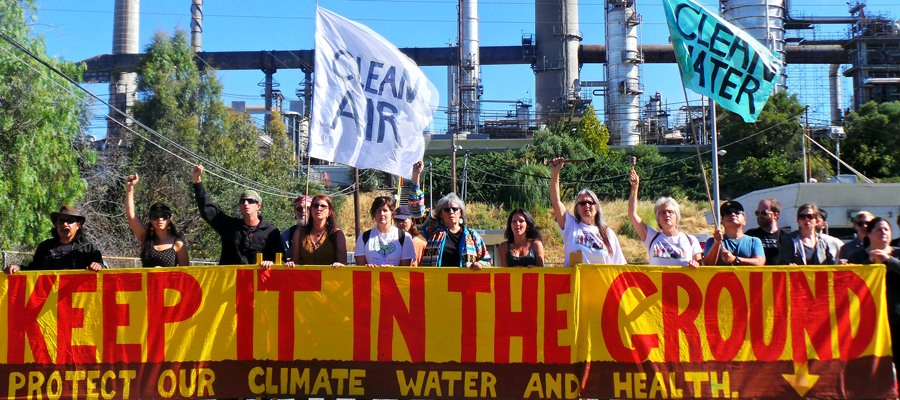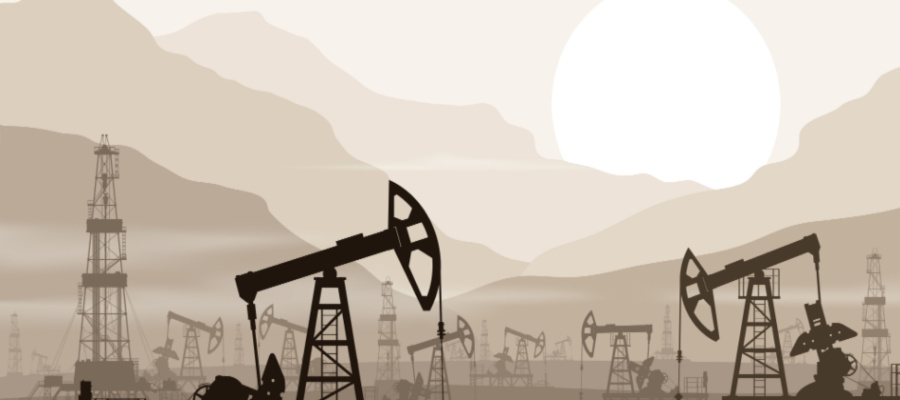Coastal GasLink connects bad economics with terrible climate policy while trampling on Indigenous rights

Protests around BC and the rest of the country have put Indigenous issues front and centre in discussions of Canadian politics and energy policy. Approved by the BC government, TransCanada’s Coastal GasLink pipeline would run through Wet’suwet’en territory and the company argues it is in the broader “public interest” because of “substantial benefits to First Nations, local communities, British Columbia and Canada.”
Let’s take a closer look at these claims of public interest and substantial benefits that proponents claim justify over-riding Indigenous rights. The fact of the matter is that on both ends of the pipeline, there are bad economics and terrible climate policy.
Let’s start in the northeast of BC, where the province has vast gas reserves. A couple of decades ago it looked like BC would soon run out of gas, but the advent of fracking—hydraulic fracturing and horizontal drilling to liberate gas trapped in shale rock deep below the surface—changed that equation.
Since 2007 BC’s gas production has doubled, with almost all of the increase exported to Alberta, where it is used as an input in oil sands production, and the United States. Moreover, BC is planning for further production growth—another 26% increase is forecast between 2019 and 2022, according to the recent BC Budget.
This flies in the face of the BC government’s Clean BC climate plan and an acknowledged worldwide climate emergency. Other adverse environmental impacts on the land and water come with growing gas development, something that local First Nations have flagged as an infringement on their treaty rights.
But the economics of expanding the gas industry are also terrible. The same fracking production boom in the rest of North America has led to over-supply and prices so low that US gas companies are not making money, “forcing a wave of multibillion-dollar writedowns, layoffs and spending cuts.”
Gas production in BC is being propped up by a number of subsidy programs that give credits against royalties for costs of deep well drilling (fracking), producing from marginal wells and other infrastructure. Royalties, which are supposed to be the public’s share of the value of the public resource being extracted, are falling in BC and the result is that BC is effectively giving the public gas resource away. For example, BC Budget 2020 shows that royalties would have been $534 million in 2019/20, but after deducting $381 million in royalty credits the net royalty was a mere $153 million. Back in the 2000s, gas royalties were consistently in the $1 to 2 billion range and that was based on levels of production that were about half as large as today.
This flies in the face of the BC government’s Clean BC climate plan and an acknowledged worldwide climate emergency.
Overproduction leading to low market prices is part of the reason for the decline in royalty revenues in recent years, but it is the royalty credits that constitute a substantial subsidy to the industry. CCPA BC’s Ben Parfitt has found through FOI requests that some 26 companies garnered just over $700 million in deep well credits in 2017/18 alone. BC’s public accounts reveal that accumulated deep well credits at the end of 2018/19 represent $2.6 billion in reduced future royalties.
According to a retired BC civil servant from the Ministry of Energy, Mines and Petroleum Resources, BC “is giving out $2 in available royalty tax rebates for every dollar in royalty tax payables.”
Even worse, the BC government has signed a long-term royalty agreement LNG Canada partner Petronas, which has substantial upstream gas leases, locking in lower-than-normal baseline royalty rates.
BC Hydro ratepayers are also subsidizing gas production via the new transmission lines to service the industry along with the Site C mega-dam. The Clean BC plan aims to electrify large swaths of the oil and gas industry, which accounts for more than one-fifth (22 per cent) of BC’s carbon emissions, while continuing to grow gas production. The vast majority of emissions, however, are from combustion of gas, some 90 per cent of which is exported.
The rub is that the gas industry will be paying the industrial rate for that electricity, which is about half the residential rate and much less than the cost of generating the new power it will consume.
On the day it opens, the terminal will become BC’s largest point source of carbon emissions, and its presence over several decades will make it virtually impossible for BC to meet its legislated emission reduction targets.
Gas extracted in the northeast will then be pipelined through the territories of several First Nations, including the Wet’suwet’en, to the west coast of BC, where it will be processed into liquefied natural gas at the LNG Canada terminal for export by tanker to Asia. On the day it opens, the terminal will become BC’s largest point source of carbon emissions, and its presence over several decades will make it virtually impossible for BC to meet its legislated emission reduction targets.
Subsidies and concessions also loom large in this stage of production, including more discounted electricity pricing through BC Hydro. LNG Canada is insulated from increases in BC carbon tax above $30 per tonne of CO2, will pay lower corporate income tax than other BC companies, and gets a deferral on the provincial sales tax (PST) that amounts to an interest-free loan that does not have to be repaid for more than two decades.
Back when LNG was a glimmer in the eye of Premier Christy Clark, the big hope was that cheap gas in BC could be sold at a large premium in Asia with huge economic benefits in BC (Debt free BC! Prosperity fund! 100,000 jobs!). However, since that time the same over-production dynamics seen in North America are happening around the world and prices for LNG in major Asian markets are currently well below the cost of extracting BC gas, processing it into LNG and shipping to Asia. Asian partners may still import subsidized BC gas, but only negligible corporate income tax revenues will come back to BC.
So what’s left? Well, surely there must be a lot of jobs for British Columbians?
LNG Canada’s own estimate of jobs from construction is 3,400 full-time jobs per year on average for five years. However, only 30% of those jobs will be for British Columbians.
All said and done, it is BC that is doing the gas industry—from fracking, to pipelines, to LNG processing—a favour, not the other way around.
Once completed, LNG Canada claims about 350–450 permanent jobs will exist to operate the facility. Upstream there were about 4,000 direct jobs in gas extraction and processing in 2018, so this number may increase somewhat due to higher production levels.
To put these numbers into context, there are 2.5 million people employed in BC. Any new permanent jobs from the entire LNG supply chain in BC amount to little more than a rounding error in the official statistics.
While these jobs are important regionally and pay very well, at a time of climate emergency the impulse to subsidize a sunset industry for a relatively small number of jobs is baffling.
All said and done, it is BC that is doing the gas industry—from fracking, to pipelines, to LNG processing—a favour, not the other way around. Up close there is little in terms of economic benefits.
This post is part of the Corporate Mapping Project, a research and public engagement project investigating the power of the fossil fuel industry in Western Canada, led by the University of Victoria, the Canadian Centre for Policy Alternatives (BC and Saskatchewan Offices) and Parkland Institute. This research is supported by the Social Science and Humanities Research Council of Canada (SSHRC)
Topics: Climate change & energy policy, Environment, resources & sustainability, First Nations & Indigenous, Fracking & LNG


